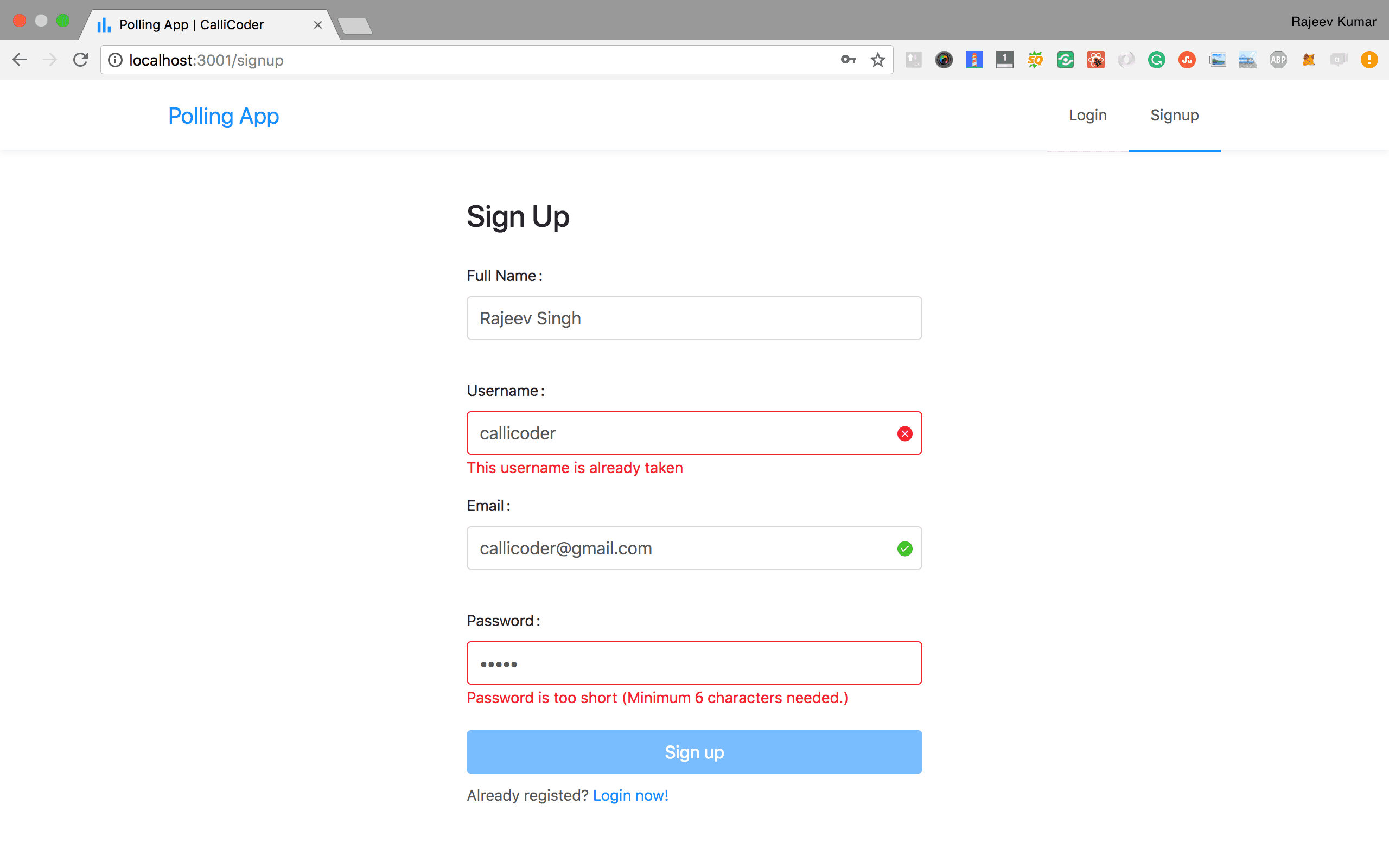

Now that we have our connection set up, we can run a query to select all the people from our person table: Session session = sessionFactory.openSession() SessionFactory = new MetadataSources(registry).buildMetadata().buildSessionFactory() StandardServiceRegistry registry = new StandardServiceRegistryBuilder().configure().build() Typically, this only needs to be set up once for an application: SessionFactory sessionFactory Once we complete the configuration, we'll use the SessionFactory class, which is the class responsible for creating and pooling JDBC connections. As we're focussing on MySQL in this article, we'll stick with the MySQL5Dialect dialect.įinally, Hibernate also needs to know the fully-qualified name of the entity class via the mapping tag. Hibernate ships with more than 40 SQL dialects. This property is used by the framework to correctly convert Hibernate Query Language (HQL) statements into the appropriate SQL for our given database. Apart from the standard connection properties, it is worth mentioning the dialect property which allows us to specify the name of the SQL dialect for the database. Hibernate has many configuration properties. Jdbc:mysql://localhost:3306/test?serverTimezone=UTC

Let's go ahead and define the Person class: = "Person")Īnother essential aspect is to create the Hibernate resource file, typically named, where we'll define configuration information: Hibernate requires that an entity class must be created for each table. In this section, we'll see how to use Hibernate to manage a JDBC connection to our database.įirst, we need to add the hibernate-coreMaven dependency:


 0 kommentar(er)
0 kommentar(er)
